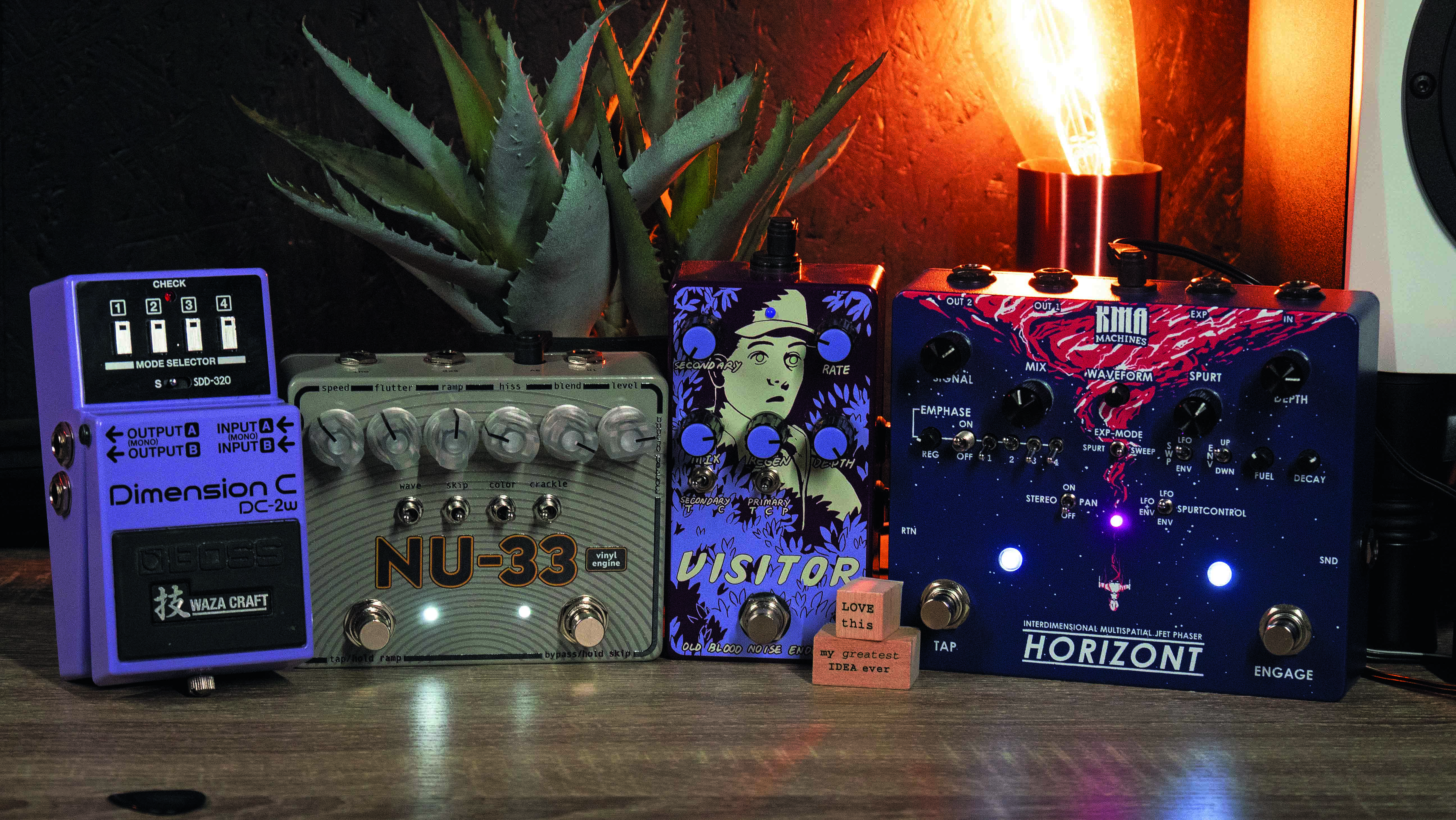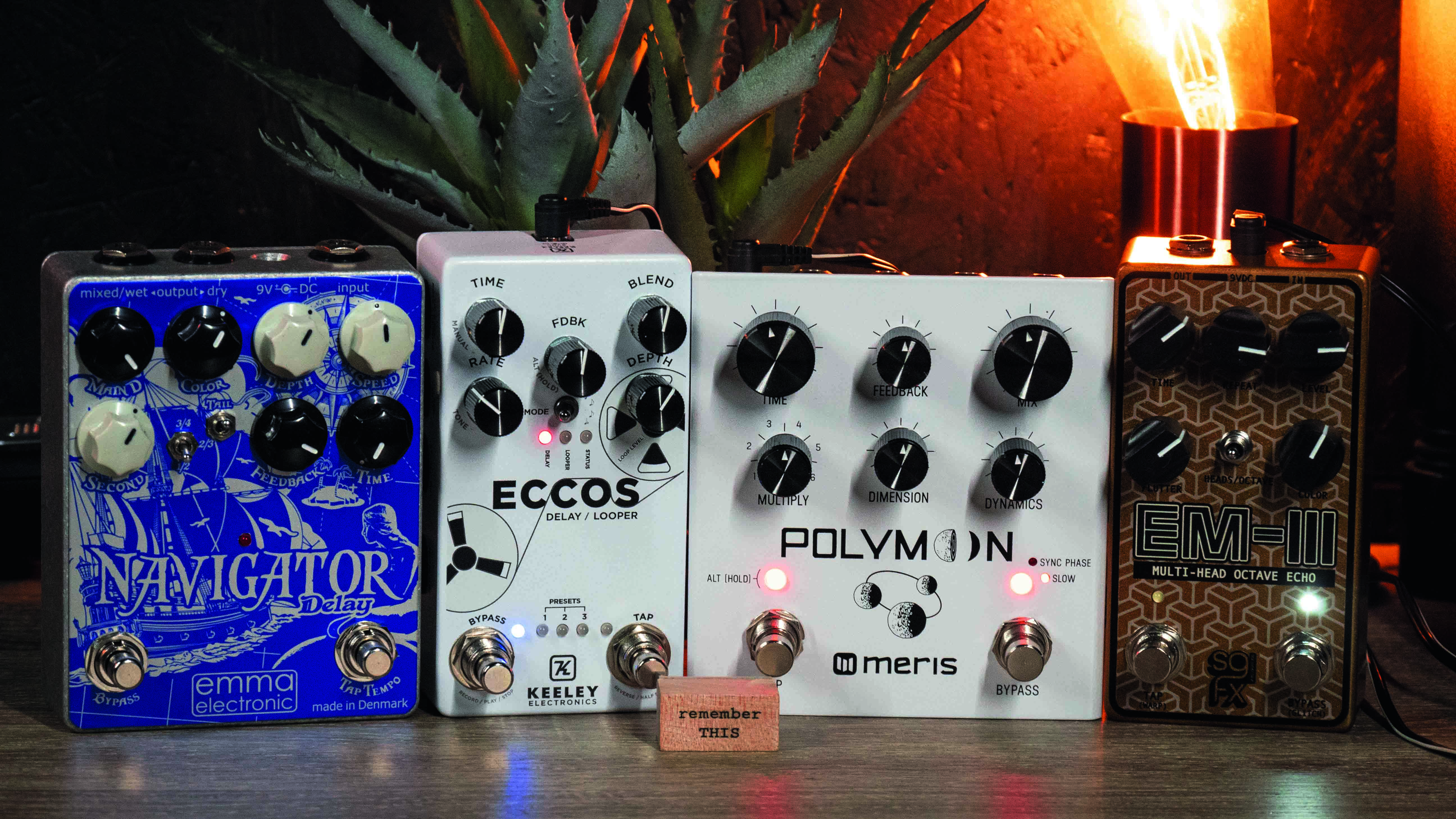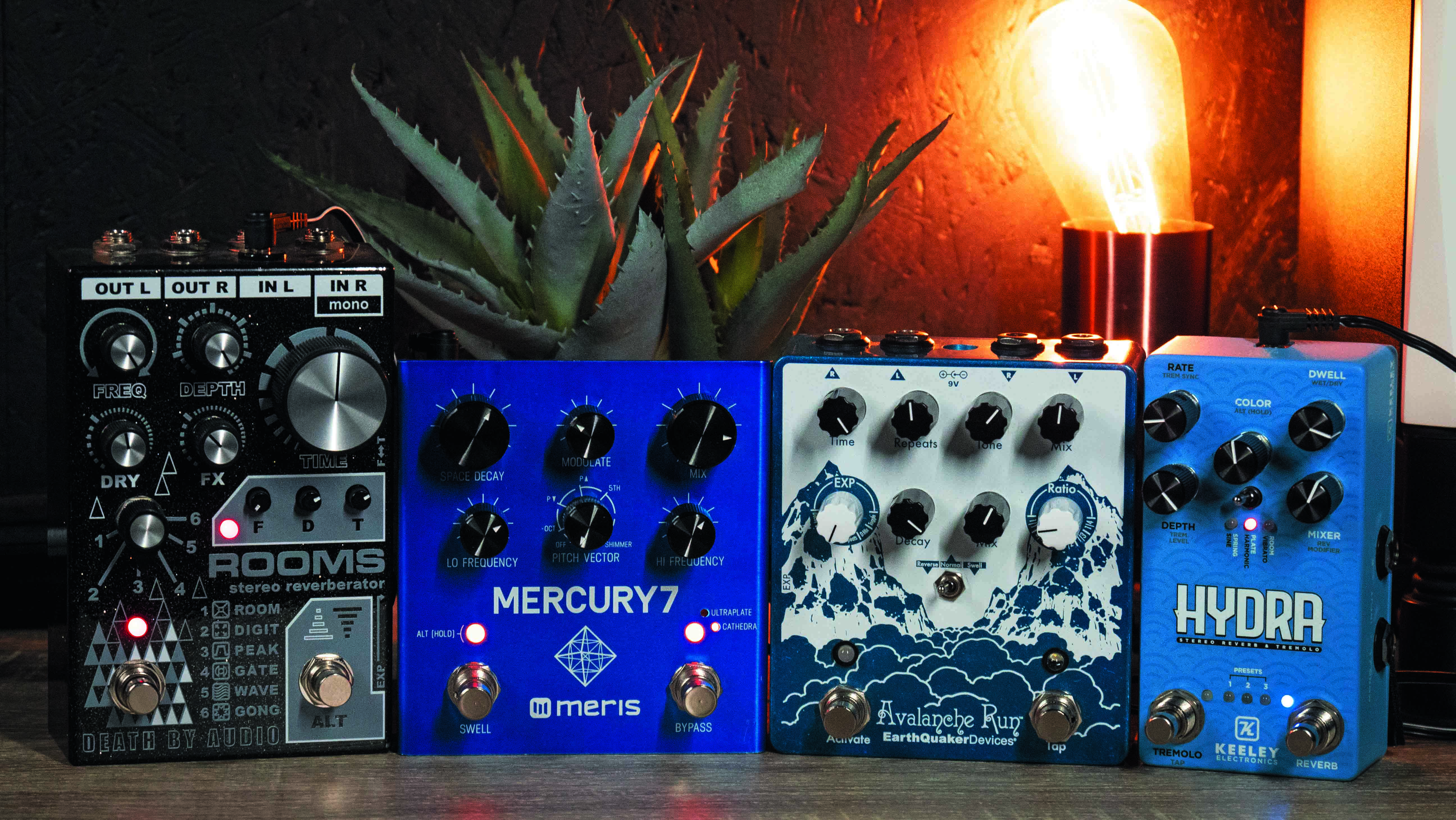How to get dream-pop guitar tones of Cocteau Twins with pedals
Stefan Fast of YouTube channel ThePedalZone shares some ethereal soundscapes inspired by meditative pop
Dream-pop hit the airwaves sometime in the 1980s and is very often mentioned in the same breath as shoegaze, as they are both built on a rich, textural tapestry of hypnotic sounds
When looking for new inspiration for sound designs and pedal combinations, I’ve always found it rewarding to dive into a very specific artist or genre. Using your ears to intently listen, analyse and decipher exactly what’s going on, sound-wise, is an extremely satisfying exercise.
I recently decided to practise that in one of my Tonal Teamwork videos on YouTube, as I dove into a very specific sound from one of my favourite bands, Cocteau Twins. I like to call the sound ‘the dream-pop wash’.
Dream-pop hit the airwaves sometime in the 1980s and is very often mentioned in the same breath as shoegaze, as they are both built on a rich, textural tapestry of hypnotic sounds. But where shoegaze tends to rely on a heavier and dense wall-of- sound, with copious use of fuzzy distortion, dream-pop is more focused on the delicate and airy side of things, utilising many lush and pristine modulated dreamscapes along the way.
Cocteau Twins (and guitarist Robin Guthrie) helped spearhead the genre through their meditative pop songs and it was their song Lazy Calm that really got me into the genre. The tune opens with a delicately played chord that turns into a slowly blooming, cascading ocean of sound due to its copious use of delay and modulation. A sound that would become synonymous with dream-pop for me. So, let’s learn how to make something like it.
Modulation

Dream-pop without chorus would be like Calvin without Hobbes – it just wouldn’t be the same. It’s such an essential part of the genre’s sound, and should be the first part of your signal chain.
Any chorus pedal will do, although I tend to favour digital chorus pedals and the bright present sheen they have. A lot of the dream-pop bands were early adopters of digital effects and often used digital rack harmonisers or pitch-shift pedals set to a slight detune to get their chorus tones.
But no matter if you go analogue or digital, it’s important to go for a rich, slow setting (high depth, low speed/rate), in order to get that iconic shimmering attack and huge dimensional tone.
Want all the hottest music and gear news, reviews, deals, features and more, direct to your inbox? Sign up here.
Dream-pop bands such as Cocteau Twins, Slowdive and Chapterhouse were, in general, just fans of modulation and would often stack different types of modulation for extra movement and texture.
If you want to take it a step further, try running a slow phaser or Uni-Vibe into the chorus for a more psychedelic sweeping sound, or use a vibrato in front for a more nostalgic sound, but just always leave that chorus on, okay?!
Delay

In order to achieve those signature blooming delay cascades as heard on Lazy Calm, you need to stack a short pristine delay (around the 200 to 300ms mark) set to a couple of repeats, with a longer modulated dual delay with a decent number of repeats
Another pivotal ingredient of dreampop is delay. The genre is known for its blooming reverberating tones, but a lot of this ‘reverb’ actually stems from several cascading delay lines.
Robin Guthrie himself was known for preferring delay over reverb, since it resulted in a clearer atmospheric tone, and he has, at one point, used up to as many as 10 different cascading delays at the same time to nail the sounds in his head.
In order to achieve those signature blooming delay cascades as heard on Lazy Calm, you need to stack a short pristine delay (around the 200 to 300ms mark) set to a couple of repeats, with a longer modulated dual delay with a decent number of repeats. You can experiment with the rhythmic subdivisions as you please, but as I’ve mentioned before, you’ll never go wrong with a quarter and dotted eighth-note setting.
As mentioned earlier, dream-pop emerged right on the cusp of the digital effect revolution, so the bands were known for using both vintage tape echoes and modern digital rack and pedal delays. So, try to mix and match different delay flavours and find out what suits you the best.
Personally, I like the short delay to be clean and digital and the dual delay to have a modulated tape vibe to it. This creates a bright blooming attack, with a lush organic decay.
Reverb

I know I just said that delay played a bigger part than reverb… but, of course, reverb is also used in dream-pop. It was used a ton on vocals, synths and even drums as well as on guitar to glue together a sound. 100% wet reverb guitar textures played a big part as well. But where I find reverb really useful in this context is when it comes to adding stereo width and dimension to the overall sound.
Cocteau Twins’ iconic guitar tones were created through using tons of overdubbing, with all the stacked and panned guitar tracks creating a wonderfully wide and moving stereo image. This is particularly hard to do with just a single guitar played live, but if we use a big ambient stereo reverb, mixed with some stereo delay, we can get really close to this tone in real-time.
Go for a subtle mix with a long decay, and if your reverb has modulation options, go for it. The more swirl and twirl, the better.